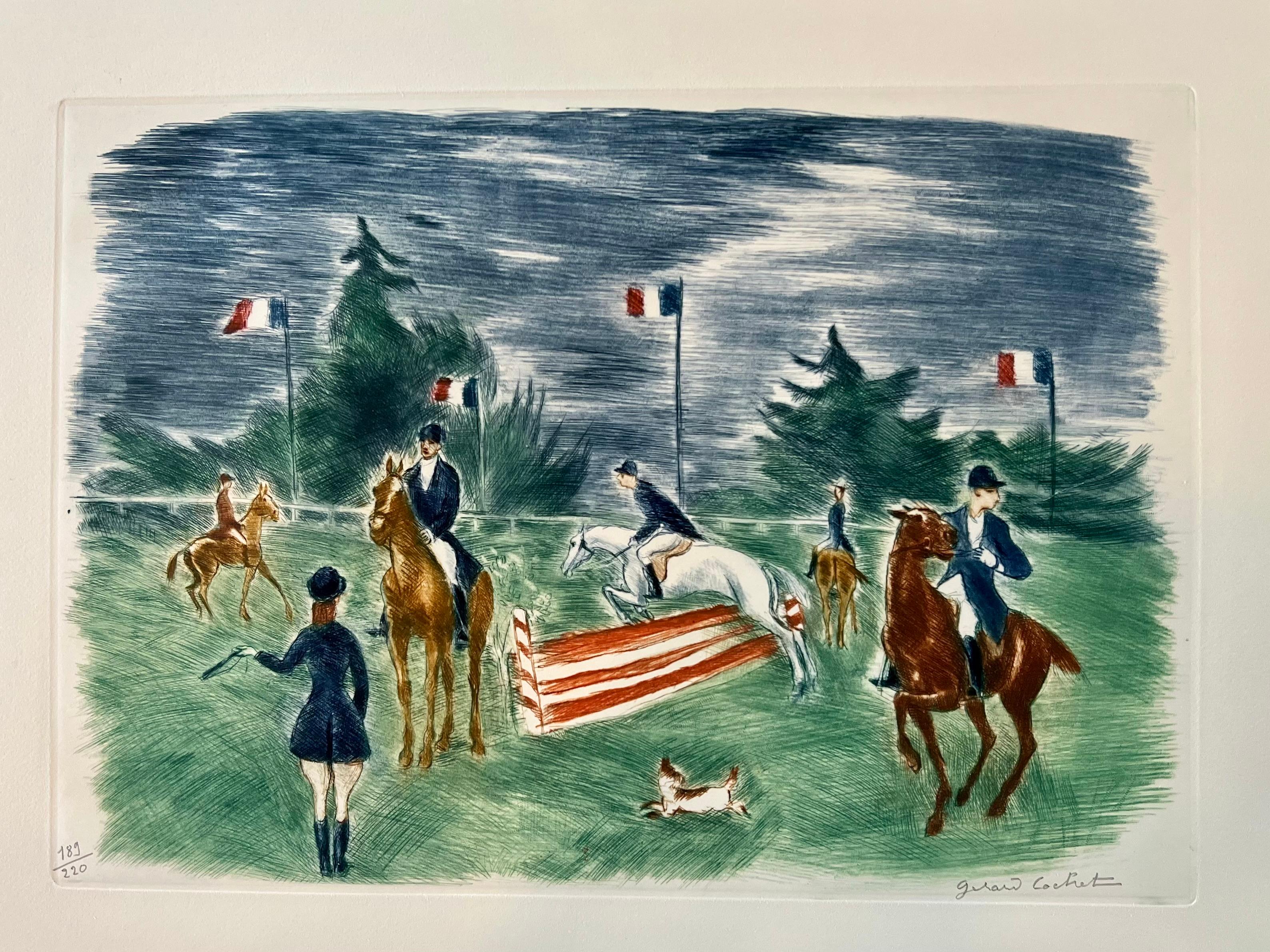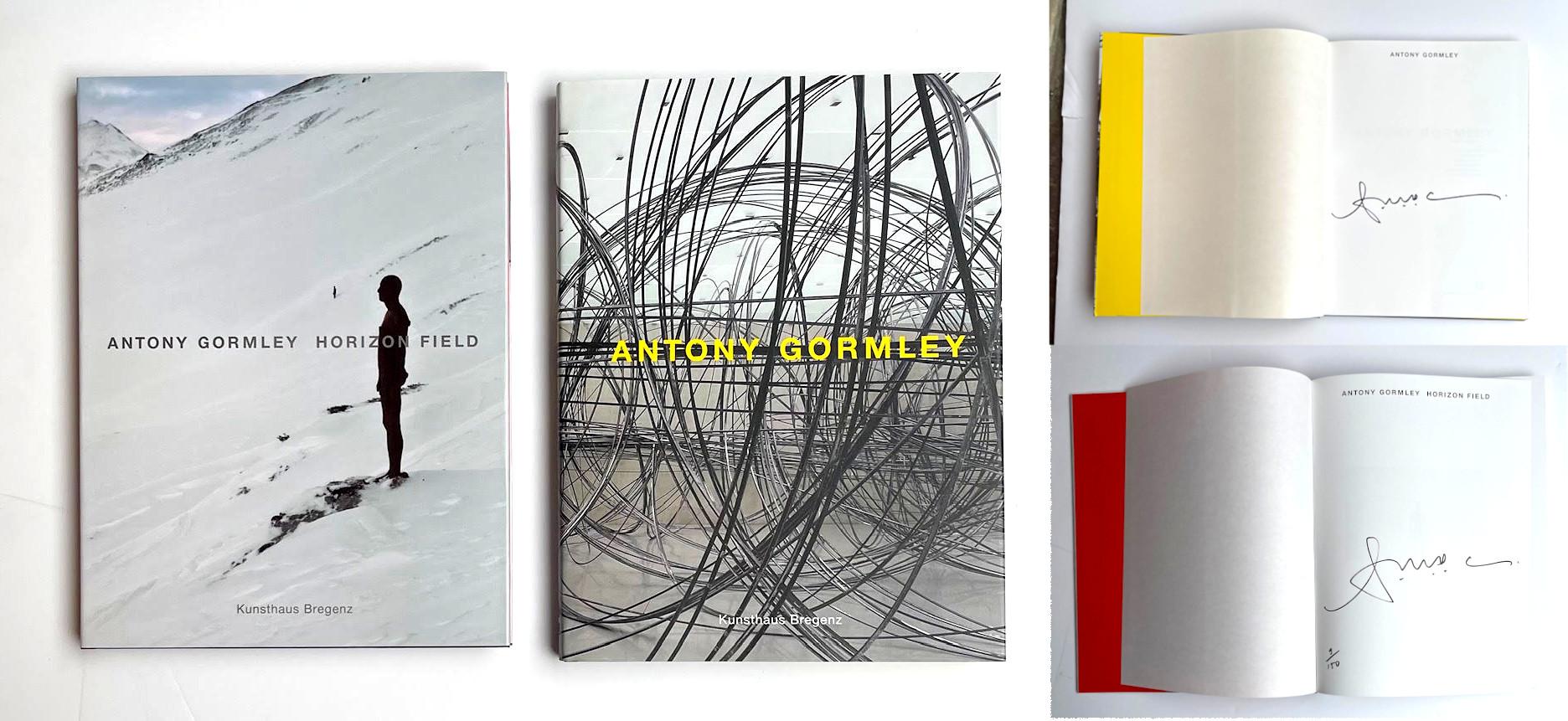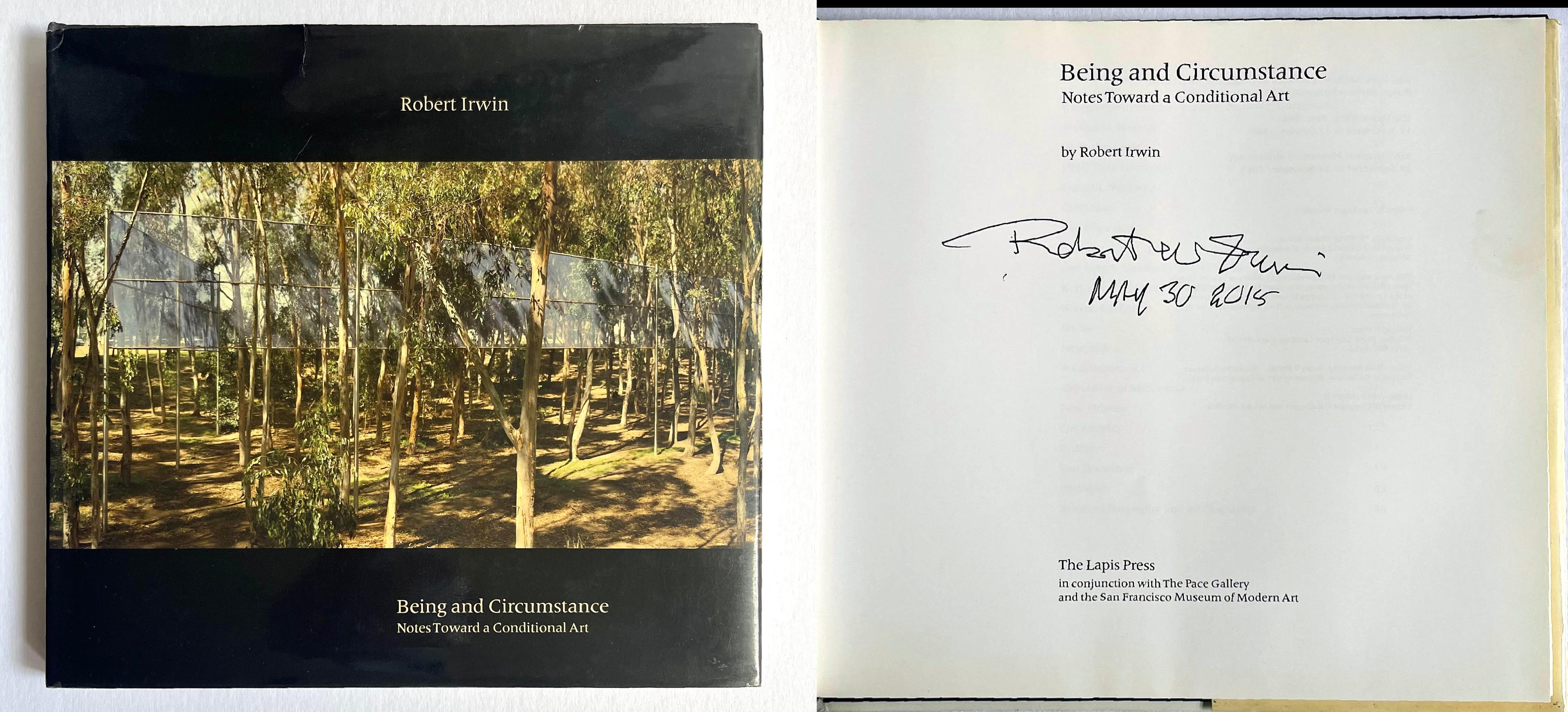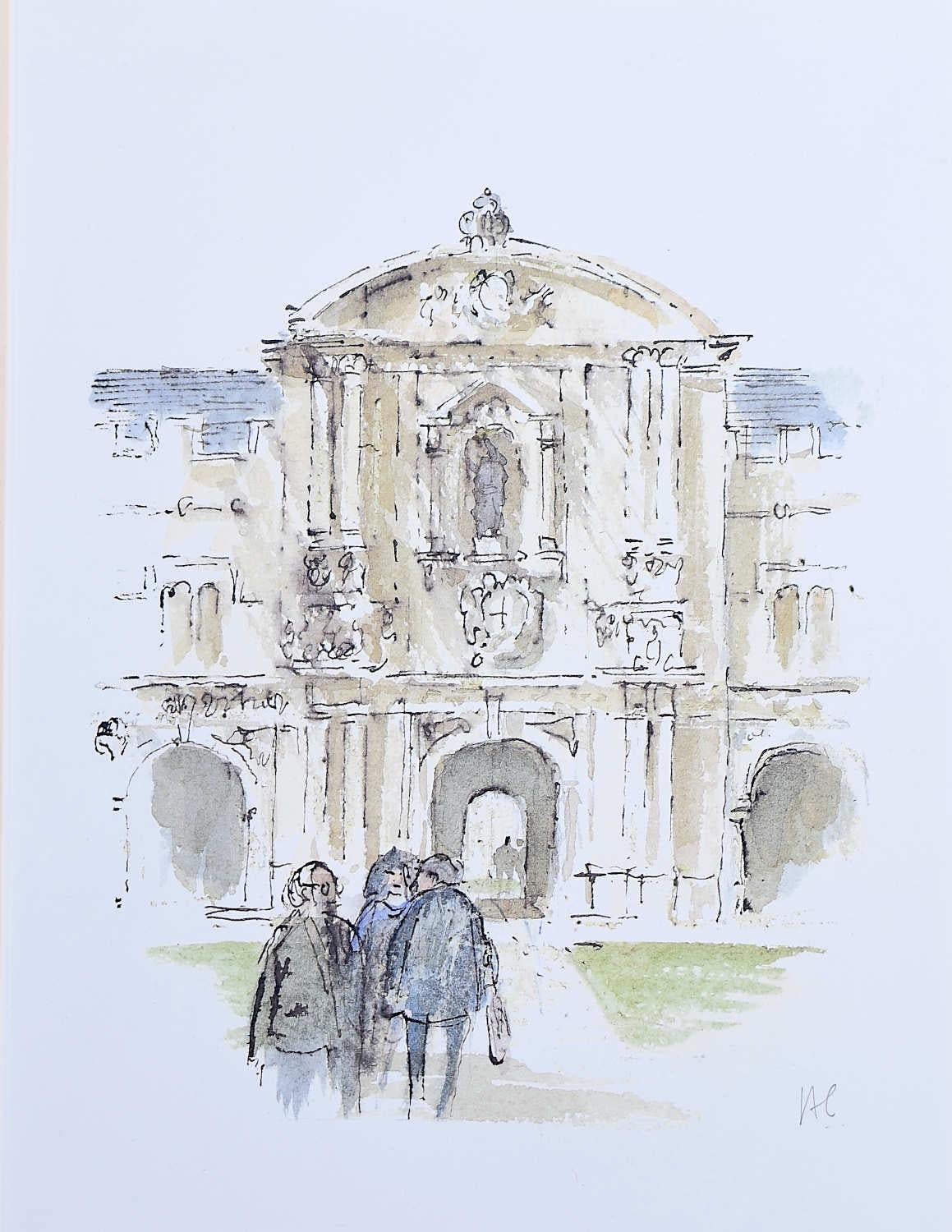Items Similar to Rare Judaica Chevron Bezalel Zeev Raban Chromolithograph (made in Palestine)
Want more images or videos?
Request additional images or videos from the seller
1 of 5
Zeev RabanRare Judaica Chevron Bezalel Zeev Raban Chromolithograph (made in Palestine)
About the Item
Jerusalem's Bezalel School
The Bezalel Academy of Arts and Design, was founded in 1906 by Boris Schatz. In 1903, Schatz met Theodore Herzl and became an ardent Zionist. At the Zionist Congress of 1905, he proposed the idea of an art school in the Yishuv (early Jewish settlements), and in 1906 he moved to Israel and founded the Bezalel School of Art in Jerusalem. Bezalel,
which was a school for crafts as well as for graphic art, became successful very rapidly. Schatz’s vision was to develop useful arts and crafts among Palestinian Jews, thereby decreasing the dependence on charity. At the same time, he sought to inspire his students to create a Jewish national style of the arts, in order to promote the Zionist endeavor. The inhabitants of 19th-century Palestine, both Jewish and non-Jewish, had produced mostly folk art, ritual objects and olive-wood and shell-work souvenirs, so the founding of Bezalel provided a professional and ideological framework for the arts and crafts in Jerusalem. The school employed workers and students, of whom there were 450 in 1913, in manufacturing, chiefly for export, decorative articles ranging from cane furniture, inlaid frames and ivory and wood carvings, to damascene and silver filigree and repousse work.
A major part of Schatz’s school was the workshops, which, starting with rug-making and silversmithing, eventually offered 30 different crafts. Workshops included the "Menorah" workshop where they designed relief and souvenirs made of terra-Cotta, and the Sharar, Stanetsky and Alfred Salzmann workshops where Menorah lamps, candlesticks, brass plates for Passover, and many other ceremonial and souvenir items were made.
Intended to create an original national style, Bezalel artifacts were a
mixture of oriental styles and techniques with Art Nouveau features, art deco styles and influences from the Arts and Crafts Movement.
The Academy reopened after Schatz's death in 1935 led by the new director, Joseph Budko, who took advantage of the many new European immigrants' talent and energy and succeeded in revitalizing the school. In the mid 1930's, Bezalel was reestablished by German and European refugee artists driven to Palestine by the Nazis, and underwent a final reorganization in 1965 that established Bezalel as a school for crafts. A small museum was added to the school which became the foundation for the Bezalel Museum later to become the world famous Israel Museum. Bezalel strove to foster in its students a national style of art, drawing both from European
techniques and Near Eastern art forms. While centers of Jewish art could be found elsewhere early in the 20th century (such as the school of Yehuda Pen in Vitebsk where Marc Chagall had studied) these were even more short lived. Bezalel subjects were a combination of traditional Jewish religious images, Zionist symbols, Biblical themes, views of the Holy Land and depictions of the flora and fauna of Palestine.
Artists at the Bezalel School used holy places, female figures and the beautiful landscapes of the holy land in their work.
Zev Raban, a major Bezalel artist, also designed products for various artistic cooperatives that were under the control of Bezalel: for Moshe Murro, Bezalel amulet artist, Raban designed many items, later executed in metal and ivory. For the famous Bezalel Yemenite jeweler- Yichieh Yemini, Raban designed many jewelries and Filigree works. Renowned Bezalel School artists include Meir Gur Arieh, Zev Raban, Jacob Eisenberg, Jacob Steinhardt, and Hermann Struck.
- Creator:Zeev Raban (1890 - 1970, Israeli)
- Dimensions:Height: 11.75 in (29.85 cm)Width: 15 in (38.1 cm)Depth: 2 in (5.08 cm)
- Medium:
- Movement & Style:
- Period:
- Condition:minor wear to mat. size includes mat.
- Gallery Location:Surfside, FL
- Reference Number:1stDibs: LU38212795362
About the Seller
4.9
Platinum Seller
These expertly vetted sellers are 1stDibs' most experienced sellers and are rated highest by our customers.
Established in 1995
1stDibs seller since 2014
1,547 sales on 1stDibs
Typical response time: 1 hour
- ShippingRetrieving quote...Ships From: Surfside, FL
- Return PolicyA return for this item may be initiated within 3 days of delivery.
More From This SellerView All
- UntitledBy Nissan EngelLocated in Surfside, FLParticipation in salons: Grand Prix International de Peinture, Cannes, France 1958 Jeune peinture, Paris, France 1960-65 Grands et jeunes d'aujourd'hui, France 1960-85 des Beaux-Arts, Paris, France 1960-65 Comparaisons, Paris, France 1980 de Montrouge, France 1980-83 Nissan Engel's works are found in numerous private and public collections, including the following: Abright-Knox Museum, Buffalo, New York Bridgeston Museum, Tokyo The Detroit Institute of Arts, Detroit, Michigan Elf Atochem Corporation, Paris Fresno Art Museum, Fresno, California The Jewish Museum, New York City Muscarelle Museum of Art, Williamsburg, Virginia Neuberger Museum of Art, State University of New York at Purchase Schlumberger Foundation, Paris Weizman Institute, Rehovot, Israel Nissan Engel graduated from the Beaux-Arts Bezalel in Jerusalem before receiving a diploma from the Centre Dramatic de L'Est in Strasbourg, France. He began his career designing costumes and sets for the theater in Paris. Engel moved to New York City in 1965 following a series of successful gallery exhibitions. His early work in Paris and New York was characteristic of his academic training and his subject matter was predominately figural and representational. He returned to Paris in 1975, and inspired by a flea market find of old sheet music...Category
20th Century Modern Landscape Prints
MaterialsLithograph
- The Old City of JerusalemLocated in Surfside, FLPencil signed artists proof lithograph or serigraph. Shmuel Katz (Hebrew: שמואל כ"ץ) (August 18, 1926 – March 26, 2010) was an Israeli artist, illustrator, and cartoonist. A Holocau...Category
20th Century Modern Landscape Prints
MaterialsLithograph
- Japanese Woodblock Artist French Lithograph Fauvist Colors School of ParisBy Shungo SekiguchiLocated in Surfside, FLShungo Sekiguchi, (Japanese, 1911-2002): Lithograph in color on Rives paper Hand signed in pencil lower right, hand numbered It appears to be the village of Montmarte in Paris This was published by the Guilde de la Gravure, Paris, France and bears their GG blindstamp. They were a mid century French art publisher and published many masters including Raoul Dufy, Max Erns, Jean Hans Arp, Ruffino Tamayo, Balthus, Gino Severini and Leonard Tsuguharu Foujita. Shungo Sekiguchi was born 1911 in Japan. In 1932 Shungo Sekiguchi contributed to the print series "One Hundred Views of Great Tokyo" (Dai Tokyo hyakkei). Prints from watercolors published by Kaneda Shoten (Nihon Hanga Ken-kyusho). In 1935, Sekiguchi moved to Paris, France to study at the prestigious Ecole des Beaux Art of France with a scholarship of the French government. He studied together with two other Ecole de Paris Japanese artists, Takanori Ogisu and Tsuguji Foujita. He exhibited at the prestigious "Salon d'Automne" in Paris. In 1940 when Paris was occupied by the German Nazis, Shungo Sekiguchi returned to Japan, but kept his ties with France. In 1952 he exhibited at the famous Salon d'Automne and received an award. In 1959, he received an award at the Vicci International Art Contest. In 1964, he received the Diplome d'Honneur des at Jobiji International Art Show. His retrospective exhibition has been held in many places in Japan. In 2002 the artist died in Japan. He is popular in Japan and several retrospective exhibitions were held in Japan. He was part of the Shin Hanga and Sosaku Hanga woodblock artists known for their woodcut prints and scrolls. Shin-hanga was an art movement in early 20th-century Japan, during the Taisho and Showa periods, that revitalized traditional ukiyo-e art rooted in the Edo and Meiji periods. He also worked as a book illustrator and did the artwork for the French edition of Le démon doré by Ozaki Kohyo. He is included in Helen Merritt and Nanako Yamada's classic book "Guide to Modern Japanese Woodblock...Category
1950s Post-Impressionist Landscape Prints
MaterialsLithograph
- Brandywine Farm Collotype Lithograph Hand Signed Henriette Wyeth Americana ArtBy Henriette WyethLocated in Surfside, FLHenriette Wyeth-Hurd Hand signed, Collotype, Limited Edition of 490 Image Size: 20" x 26" framed 28.5 X 34.5 Provenance: printed at Triton Press and has their certificate of authenticity verso. Henriette Wyeth Hurd (1907 – 1997) was an American artist noted for her portraits and still life paintings. The eldest daughter of illustrator N.C. Wyeth, she studied painting with her father and brother Andrew Wyeth at their home and studio in Chadds Ford, Pennsylvania. Henrietta Wyeth was born in Wilmington, Delaware, into an artistic family. Wyeth was the eldest of the five children of noted illustrator N.C. Wyeth and his wife Carolyn Bockius. Her siblings Carolyn and Andrew also became artists, and all three studied with their father. Andrew Wyeth became the most well-known artist of this family. Henriette contracted polio at age 3, which altered her health and use of her right hand. As a result, she learned to draw with her left hand and paint with her right. She grew up on the family farm in Chadds Ford, Pennsylvania, and attended local Quaker schools. She and her siblings were eventually homeschooled because their father distrusted the public school system. She began formal art lessons with her father at age 11, making charcoal studies and geometric shapes. A child prodigy, at age 13 Wyeth was enrolled in the Normal Arts School in Boston, Massachusetts. The next year, in 1921, she entered the Boston Museum of Art Academy. Two years later she moved to Philadelphia to study painting at the Pennsylvania Academy of Fine Arts. By age 16, she was well known as a portraitist and received commissions for paintings of Wilmington residents. Deeply influenced by her father's unique realistic style, she rejected early 20th-century painting styles such as Impressionism and Cubism. She was also socially and politically conservative. As a result, later in life she rejected the progressive movements of the 1960s and 1970s, including the women's movement. She often criticized television and modern culture. At age 21, in 1929 Wyeth married artist Peter Hurd, a fellow student at the Pennsylvania Academy and her father's apprentice. The couple had three children together: Peter Jr., Carolyn, and Michael Hurd. In the mid-1930s they moved to San Patricio, New Mexico, settling on a farm of 40 acres. By 1939, they established the Sentinel Ranch there, gradually acquiring more land until they had 2200 acres. It was in southern New Mexico near Roswell, New Mexico, her husband's birthplace. Wyeth's work spanned portraits of adults and children, still lifes, and floral landscapes. In her work, she "often included objects that related to the subject's interest or personality. She eventually stopped painting children because, as she said, “today...Category
1980s American Realist Landscape Prints
MaterialsLithograph
- Lithograph Belgian American Surrealism WPA Modernist Karl Fortess Surrealist ArtLocated in Surfside, FLKarl Eugene Fortess (1907-1993) Original color lithographs on BFK Rives paper, 1966, Hand signed and numbered 29/36 in pencil, Sheet size 20.5 x 15 inches. Karl E. Fortess (1907-1993) was a painter, printmaker and teacher, of Boston, Massachusetts and Woodstock, N.Y. Fortess was born in Antwerp, Belgium on October 13, 1907, and became an American citizen in 1923. He studied at the Art Institute of Chicago, the Art Students League in New York, and the Woodstock School of Painting with Yasuo Kuniyoshi. In 1937 the Works Progress Administration sent him and several other artists to Alaska to document the towns, villages, and remote wilderness landscapes (Pemberton, “Alaska art museum collects WPA’s Depression works from the territory,” Columbia Daily Tribune, November 9, 2003). Trains, trucks, and industrial buildings were what Karl Fortess envisioned when the Public Works of Art Project suggested that he depict “the American Scene.” His work bears the influence of Surrealism, Russsian Constructivist art and Cubism. He was part of a circle of left leaning artists loosley involved with the WPA which included Sol Wilson, Isaac Soyer, Louis Lozowick, Abraham Harriton, Ben Shahn, William Gropper, Nahum Tschacbasov, Morris Shulman, Yasuo Kuniyoshi, Louis Slobodkin, Adolf Dehn, Le Corbusier and Louis Schanker. Karl Fortress taught at the Art Students League, Brooklyn Museum Art School, Louisiana State University, Fort Wright College, and Boston University School of Fine and Applied Arts. He was a member of the Artists Equity Association, Society of American Graphic Artists, American Association of University Professors, and the British Film Institute. He was awarded the Guggenheim Fellowship in 1946, was named an Associate of the National Academy of Design in 1960 and elected to full Academician in 1971. Fortess taught at many different schools, including Boston University School of Fine Art, where he also created an archive of interviews with more than two hundred and fifty contemporary American painters, sculptors, and graphic artists including many with with artists associated with the Woodstock, N.Y. art community. Among the interviewees are Kenneth Armitage, Will Barnet, Romare Bearden, George Biddle, James Brooks, Adolph Dehn, Jane Freilicher, Julian Levi, Alice Neel, Larry Rivers, Moses Soyer, Dorothy Varian...Category
Mid-20th Century Surrealist Landscape Prints
MaterialsLithograph
- The Burning TowerBy Robert A. BirmelinLocated in Surfside, FLBorn in Newark, New Jersey, Robert Birmelin became a professor of fine arts at Queens College in New York, and is known for paintings that magnify through texture the realism of natu...Category
20th Century American Realist Landscape Prints
MaterialsLithograph
You May Also Like
- Equestrian SceneLocated in Belgrade, MTThis lithograph is a piece from my private collection of 20th Century School of Paris era artists. It is hand signed by the artist and numbered, Guilde de la Gravure, and is in very ...Category
Early 20th Century Contemporary Landscape Prints
MaterialsOil, Engraving, Lithograph
- Antony Gormley Horizon Field (box set of two signed monographs held in slipcase)By Antony GormleyLocated in New York, NYAntony Gormley Horizon Field (box set of two signed monographs held in slipcase), 2011 Hardback monograph, numbered and each hand signed E...Category
2010s Contemporary Landscape Prints
MaterialsMixed Media, Lithograph, Offset
- William Eggleston The Democratic Forest Selected Works (Hand signed)By William EgglestonLocated in New York, NYWilliam Eggleston William Eggleston The Democratic Forest Selected Works (Hand signed), 2016 Hardback monograph with dust jacket Hand signed by William Eggleston...Category
2010s Modern More Art
MaterialsMixed Media, Lithograph, Offset
- Monograph: Robert Irwin Getty Garden (hand signed and inscribed by Robert Irwin)By Robert IrwinLocated in New York, NYRobert Irwin Getty Garden (hand signed and inscribed by Robert Irwin), 2002 Hardback monograph with dust jacket Hand signed and inscribed by Robert ...Category
Early 2000s Contemporary Landscape Prints
MaterialsPaper, Ink, Mixed Media, Lithograph, Offset
- Monograph: Being and Circumstance Notes Toward a Conditional Art (Hand signed)By Robert IrwinLocated in New York, NYRobert Irwin Being and Circumstance Notes Toward a Conditional Art, 1985 Hardback monograph with dust jacket (hand signed and dated 2015 by Robert Irwin) Boldly signed and dated May...Category
1980s Contemporary Landscape Prints
MaterialsInk, Offset, Lithograph, Mixed Media, Paper
- Hugh Casson: St John's College, Oxford lithographBy Hugh CassonLocated in London, GBTo find our other views of Oxford and Cambridge, scroll down to and click on 'view more from this seller'. Sir Hugh Casson CH, KCVO, PRA, RDI (1910-1999) St John’s College, Oxford Lithograph 25 x 20 cm Initialled 'HC' in pencil. Sir Hugh Casson was educated at Eastbourne College, St John’s College Cambridge and the Bartlett School of Architecture. Trained in the 1930s in the early modernist style, he taught at the Cambridge School of Architecture. After employment as a camoufleur during World War 2 by the Air Ministry, in 1948 he was appointed as director of architecture for the Festival of Britain. A close friend of the Royal Family, he undertook designs for the 1953 coronation...Category
1980s Impressionist More Art
MaterialsLithograph





